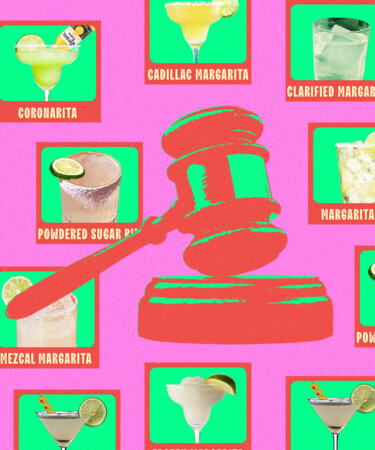The iconic Margarita looms uniquely large in our culture, as a classic in the hallowed realm of Manhattans and Old Fashioneds that’s also ubiquitous — served in airport bars and strip mall chain restaurants (Mexican-inspired and otherwise), sold by the mass-market bottle and, more recently, the upmarket can. This three-ingredient tequila cocktail represents Americans’ historic entry point to our influential southerly neighbors and a huge piece of our collective identity.
“The Margarita is an introduction of an entire culture to an American audience that we don’t really understand the impact of just because we’ve had Mexico in our lives for so long,” says Michael Neff, beverage director at Bar Loretta in San Antonio, Texas. “There was a time when the Margarita was exotic … and, as a cultural experience, embodied this place for a regular person who’d go to a Mexican restaurant because, ‘Oh my God, they have frozen Margaritas.’ It was one of the most popular of the aspirational cocktails.”
With such broad-spectrum accessibility, it was inevitable that throughout the Margarita’s nearly 90-year existence it would undergo a little — ahem — doctoring. But when is a riff cool and when is it a crime against a veritable icon? We asked Neff and three other celebrated bartenders to weigh in on eight Margarita variations — spanning frozen and clarified, Cadillac’d, sugar-rimmed, and topped with soda — and whether they constitute offenses against or welcomed riffs on this legendary cocktail. The answers, like the Margarita herself, contain multitudes.
1. Frozen Margarita
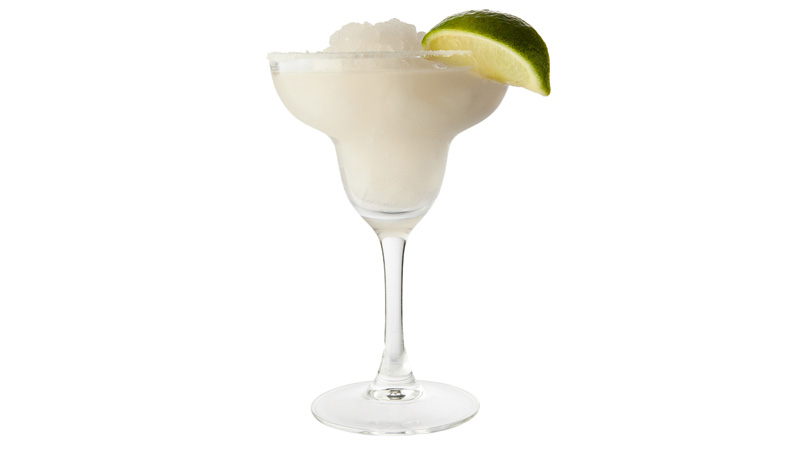
One of America’s original blender drinks, the frozen Margarita first cropped up in the 1930s or ’40s. But it wasn’t until 1971 that Dallas restaurateur Mariano Martinez dispensed the first frozen Margarita in a pale-green coil from a repurposed soft-serve machine and catapulted this cocktail to mass-market fame. Nowadays, the frozen Marg — like the Piña Colada — represents aspirational drinking at its sun-baked beachiest, though it’s not generally a favorite among bartenders, partly due to the prescribed addition of sugar.
“For me personally, I’d never go for a frozen Margarita,” says New York bartender and consultant Lucinda Sterling. “They tend to be too sweet if they’re required to have ice. It’s also too easy for a bartender; there’s no craft involved.”
San Diego bartender and consultant Erick Castro won’t go for them except occasionally, and when they’re not fully frozen — i.e., “more slushy than sorbet.”
“I love a Margarita out of a slushy machine,” agrees longtime New York bartender Brian Miller. “The consistency is there. I’ve made and had plenty from a blender, and usually the blender isn’t good, so it comes out with chunks of ice cubes in it. It speaks to those days when I was a teenager making shitty Margs in my dad’s blender. Those aren’t the best of memories; lots of throwing up.”
Consensus: too sweet, but nostalgically cool
2. Clarified Margarita
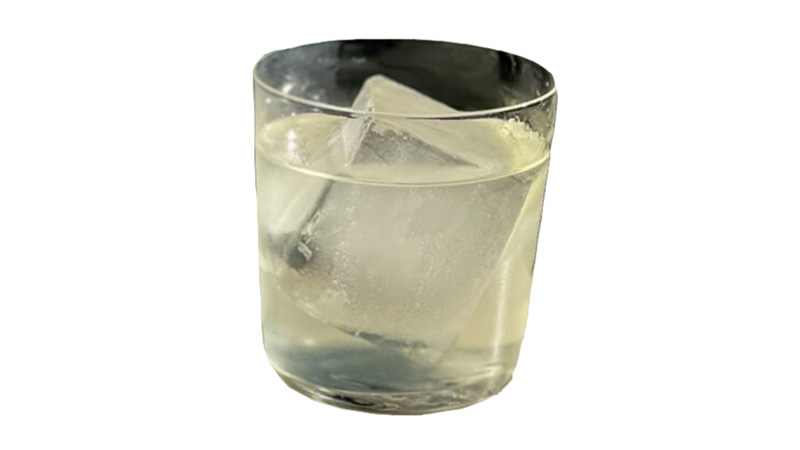
Few entries drew quite the ire of the Clarified Margarita, which, at best, represents an interesting bit of food science that yields a silky-textured, crystal-clear cocktail; and at worst, an unnecessary flourish simply to justify a price increase.
“I’m so f*cking over this clarified shit,” Miller says plainly. “Look, I enjoy a milk punch, but every time I hear the word clarified I just think of Nathan Lane in ‘The Birdcage’: ‘One does want a hint of color.’”
A less ruffled Sterling considers clarification largely unnecessary here: “It’s something kinda geeky and whatnot that’s not going to change the flavor,” she says. “If you wanna pay extra, though, go ahead.”
Castro agrees, musing that he’d miss the rustic texture of the traditional Margarita experience, with its pulp and ice shards. Indeed, he likes to party- pour Margaritas on purpose (shake and pour the entire contents into the glass) because “the cocktail benefits from ice that’s a little beat up.”
But for Neff, who currently has a variation of a Clarified Marg on his menu, the textural experience alone justifies clarification. “You’re making the drink silky and blended and melded together,” he says. “It makes everything go down lighter and easier.”
Consensus: a cool crime
3. Mezcal Margarita
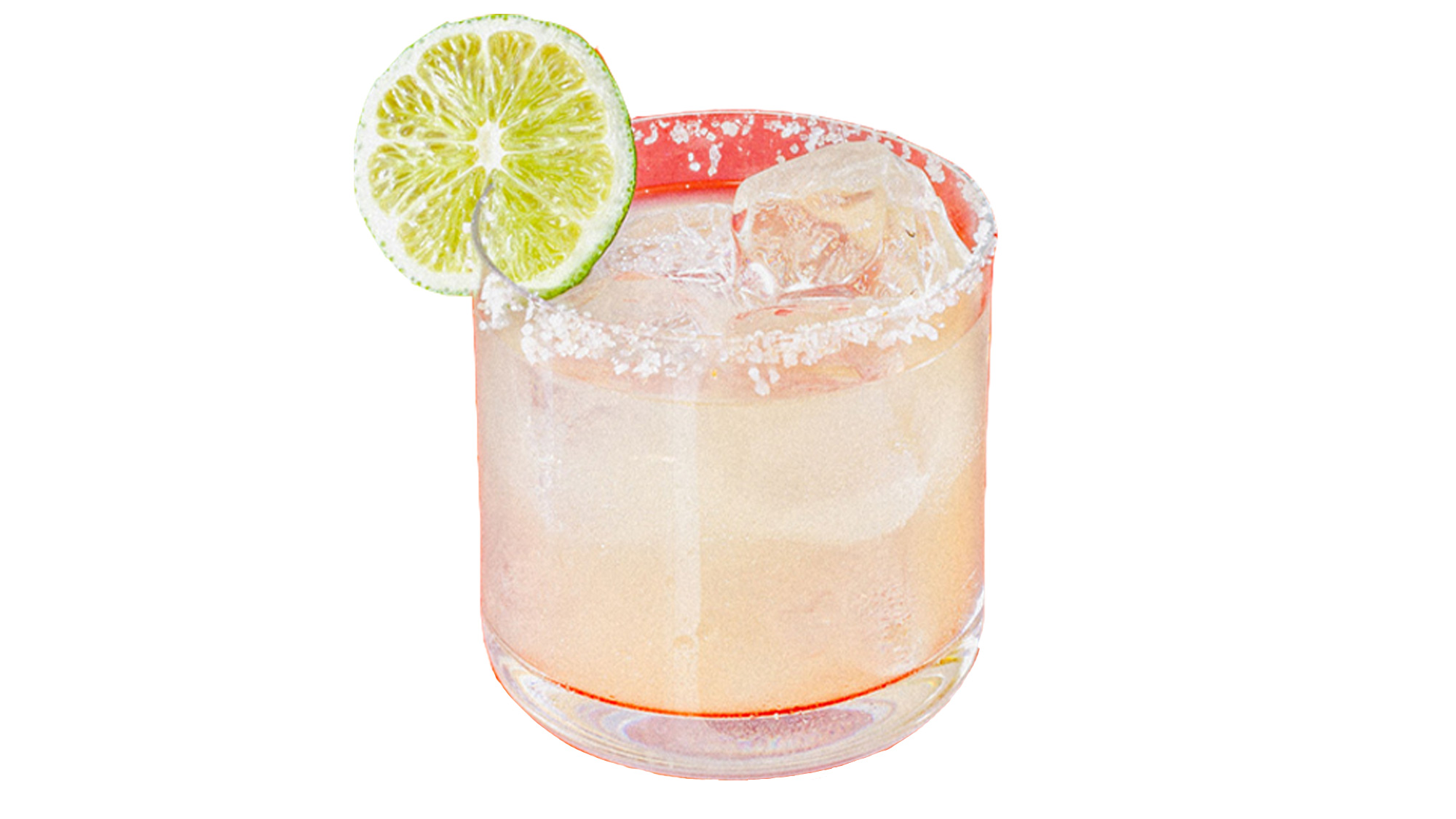
Riding the massive wave of agave, mezcal has achieved astonishing popularity in the U.S. over the past decade. As Sterling aptly puts it, “Mezcal for tequila is the substitute of the century right now.”
That’s partly why, when asked about the Mezcal Margarita, our bartenders (who overwhelmingly support this riff) got right to the nuances: how smoky to go, what brands to support from an ethical standpoint, and how much — or little — to spend to justify shaking mezcal into a cocktail versus sipping it neat.
“Honestly, it’s one of those things when you first see it on paper, you already know it’s going to be delicious, though I will say not every Mezcal Margarita is a good one,” Castro says. “It can be overpowering.”
So much so, in fact, that Miller opts for a split base of tequila and mezcal when someone orders one. “If you use two ounces of mezcal, it doesn’t matter what else you put in it, you’re not tasting anything but mezcal,” he says. “It’s so funny how popular it’s become and how esoteric an ingredient it is.”
Consensus: smokin’ cool
4. Powdered Sugar Rim Margarita
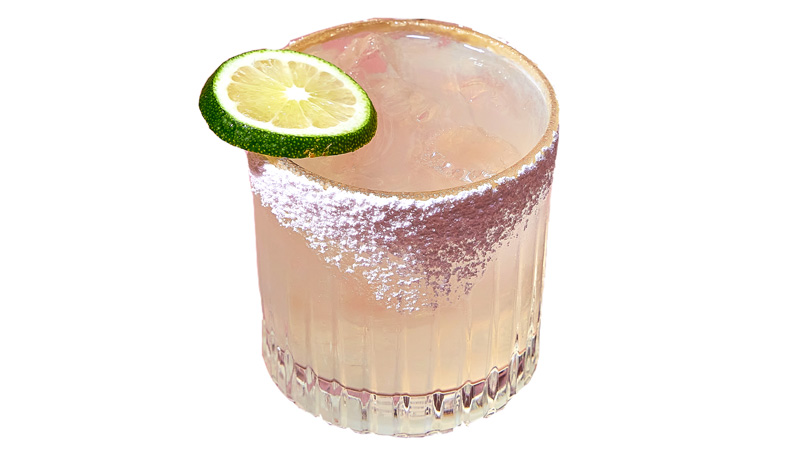
There is one bar and one bar only where I seek out the perhaps dubious Margarita with powdered sugar rim: at The Matchbox, a wedge-shaped, octogenarian cocktail bar on Chicago’s near Northwest Side. Normally, I’d consider a sugar rim a red flag in any cocktail. But here it coats my lips, softening the bracing tequila and unapologetic dose of fresh citrus — whose aromas are supercharged with a fat lemon peel garnish. With each sip, my fingers get a little stickier.
But what does the peanut gallery have to say? Castro is loath to replace the salt on a Margarita rim, which complements both the drink’s bracing contents and the ideal setting in which it’s consumed: somewhere hot and sunny. Miller, too, wouldn’t put sugar on a Margarita rim — much less salt, while he’s at it. “Personally, I hate putting shit on the rim of cocktails. I think traditionally salt was to mask bad tequila.”
Sterling, on the other hand, believes the sugar rim deserves a place in drinking history. “We’re talking about a kind of a Sidecar, which on occasion is served with a sugar rim; and historically speaking, powdered was the only sugar bartenders had access to. So in defense of a historical bar, I think it’s a great idea.”
Now hang on, this is going better than I could’ve hoped. Neff?
“Cocktails are about rituals,” he says. “If you create a ritual and people are attached to it, it’s as valid as anything else.”
Consensus: defendable crime
5. Margarita Soda
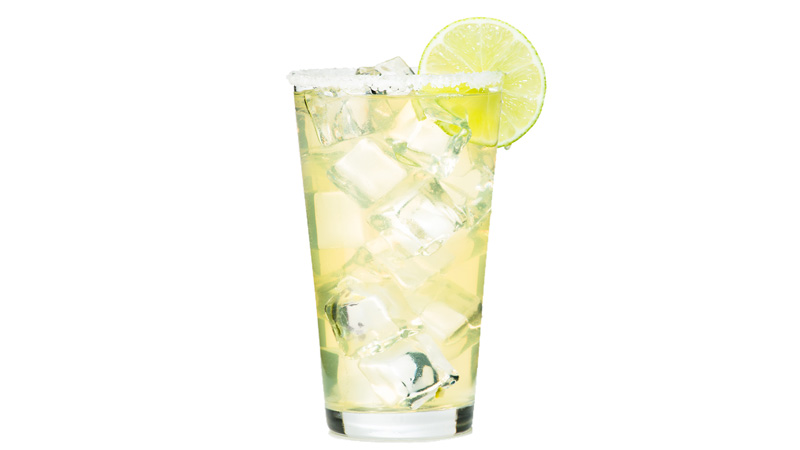
“In what world does soda water belong in a margarita?” This question was posed on Reddit nine months ago by an exasperated Nordstrom bartender who’d witnessed a movie theater bartender pouring a Margarita Soda for a customer who was presumably heading into a “Barbenheimer” double feature. (Gotta hydrate!) Now the trendy, newly opened Hellbender Nighttime Cafe in Queens is serving a version with a Tommy’s Margarita foundation. I guess that makes this a thing?
As Neff points out, it’s essentially a Margarita Collins, nodding to the more crushable, soda-topped Gin Sour. And what’s wrong with that? “If you put it in a taller, thinner glass and want it to be more of a refresco style, I get it,” he says. “But maybe I’m the wrong person to talk to. For me, there’s nothing that’s not valid. It’s really all in how you want to use it.”
Sterling, too, likes its ability to bring down the ABV and offer something more refreshing for those who “get startled by the slap of tequila.”
Castro, on the other hand, is positively apoplectic: “That’s insane; that’s stupid,” he says. “I would almost forgive them more if it was Sprite or Squirt; at least they’d be adding a citrus element to it. But club soda? I feel like that’s a cost saver and compensation for a lazy shake.”
Consensus: crime in cynical hands
6. Coronarita
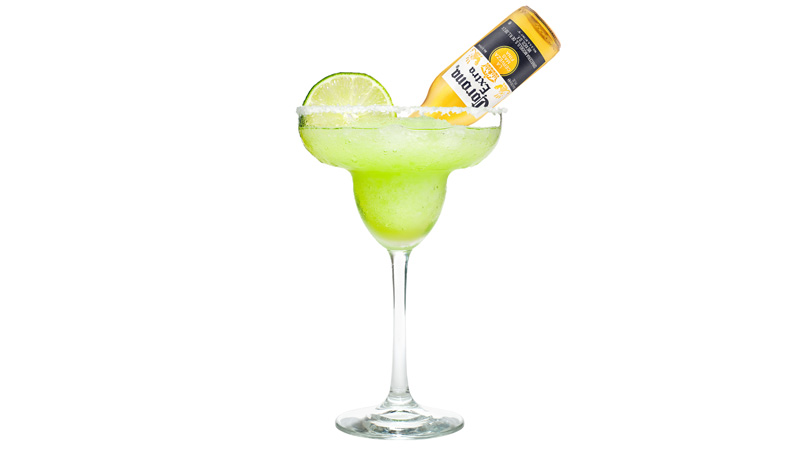
I’ve only ever had one Coronita — a Margarita with an overturned bottle of Corona lager inside — in the only place it makes sense to me: an outdoor bar on Ocean Drive in South Beach, Miami, a.k.a. the land of oversized personalities and minimal, neon-hued mesh clothing. But as Sterling reminds me, the Coronarita is essentially a deconstruction of a shot of tequila with lime and a beer back. “And I don’t mind that,” she says.
To Neff and Miller, it amounts to little more than gimmicky eye candy, which has its time and place — for Neff, that was the outdoor bars at Mexican restaurants along Hollywood Boulevard in the ’90s, where people sat in the shade of fake palm trees drinking Margaritas with baby bottles of Grand Marnier or Corona. “Anything that’s got swag in it, I’m into,” he says. “Plus, the best cocktail experiences are interactive.”
Castro, too, would “f*ck with one — not necessarily because the flavor is particularly enlightened. But it’s hard to dispute the presentation.”
Say more; we’re listening.
“If you see someone drinking a fishbowl Margarita with an overturned beer in it, they’ve already established who they are. They know who they’re f*cking with. They came to party. ‘Beer or cocktail?’ ‘Yes.’”
Consensus: gimmicky cool
7. Cadillac Margarita
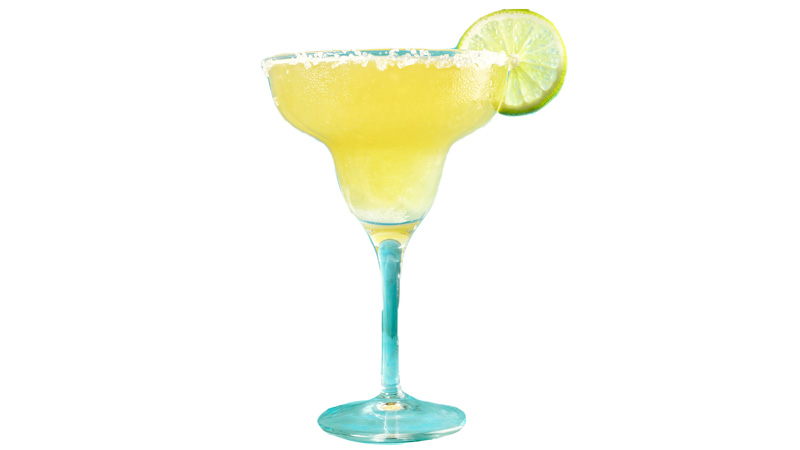
There isn’t one definitive recipe for this lush, opulent riff on the Margarita that doubles down on the orange notes through the addition of Grand Marnier. But it’s often culturally associated with the garish orange liqueur float. El Cadí was popularized in chain restaurants in the 1980s and ’90s — around the time it also stole Castro’s heart while he was cutting his teeth as a young bartender at BJ’s Brewery.
“A Cadillac is a bunch of good ingredients in a glass,” Castro says. “If you already like a Margarita, you’re gonna love it with a float of Grand Marnier on top.” Not only does it enhance the orange, he argues, but it makes the drink more complex. “I think everything should be Cadillac’d.”
Sterling, too, feels the Cadillac love, though she thinks ratios are particularly crucial on this variation to balance the cloying orange notes. “Because of the sweetness, I’d use blanco tequila to give it that extra kick, and I’d go up on the lime,” she says.
“Listen, I love Castro, but I don’t love this,” Miller says. “I think it’s excessive. It’s also very 1980s, ‘Mr. Boston’s Cocktail Guide’ shit.”
Of course, Castro is no stranger to Cadillac hate, though he’s far more irked when it comes from those who are a bit more — ahem — joven. “I swear, 90 percent of people who shit on the Cadillac have never had one,” he says.
Neff agrees. “A lot of people putting hate on the Cadillac weren’t alive when it was a thing. But also out of context, cocktails don’t make any sense. If you don’t look to context, you’re just masturbating.”
Consensus: cool, in a ’90s-extra way
8. Mexican Martini
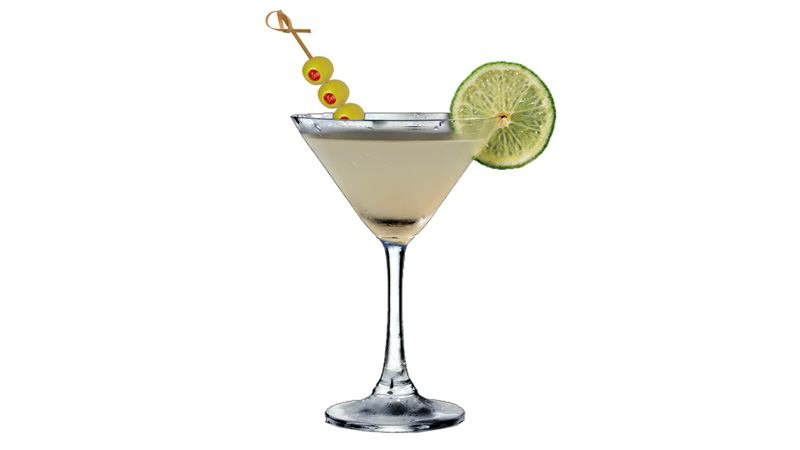
“That’s definitely a Texas thing,” says Neff, of this controversial “dirty” Margarita variation with reposado tequila, olive brine, and orange juice that was purportedly born in Austin. That it originated in the 1980s doesn’t surprise him much, either, given the penchant at the time for calling anything in a cocktail glass a Martini.
Sure, it would seem easy enough to dismiss the Mexican Martini out of hand; Miller more or less does. “A Margarita with olive brine and orange juice? That sounds like a f*cking hate crime,” he says. “It’s also a waste of reposado tequila as far as I’m concerned. I’m not sure I’d serve it to an enemy.”
And yet, there are elements that intrigue even skeptics. “Basically it’s sweet umami,” Neff says of the cocktail’s appeal. “In essence, you’re subbing salt on the rim for — definitely high-quality — olive brine. That wasn’t the case in the ’80s, but it’s much more common now.”
Sterling wonders, too, if the Mexican Martini might have more street cred than we think. “It sounds like it’s a little more on the refreshing side, more tropical with the orange juice involved,” she says. “Plus, we’re talking about Austin, Texas. A lot of Mexican people live down there; I wouldn’t be surprised if one of those original folks who make tequila created it.”
Consensus: an intriguing crime
